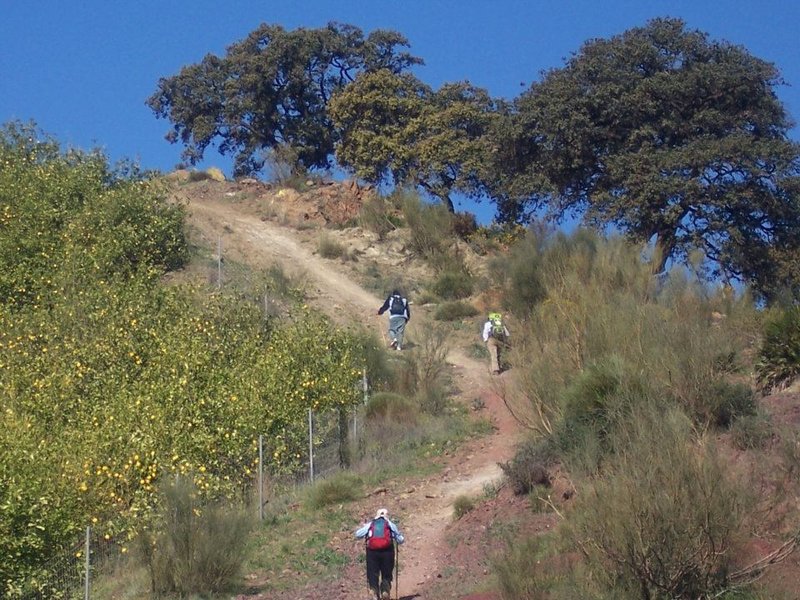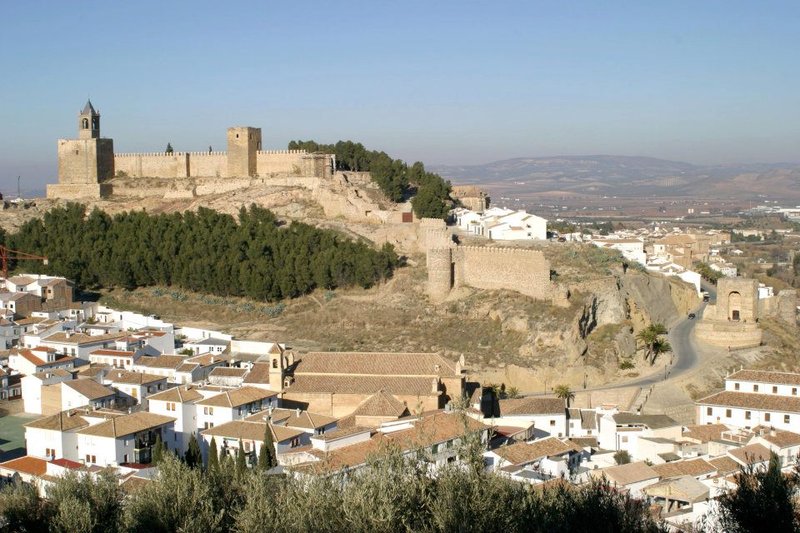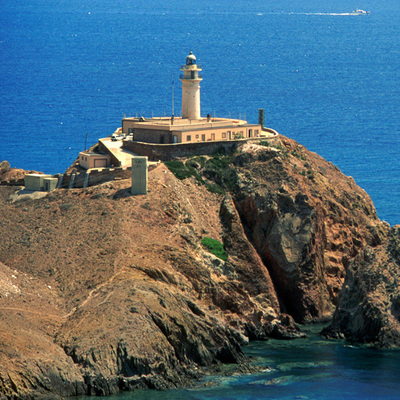Camino Mozárabe de Santiago

The Camino Mozárabe de Santiago is formed by a series of itineraries, mainly of historic nature, which depart from the main cities in eastern Andalusia (Almeria, Granada, Jaen and Malaga) and converge in Cordoba, from which an already unique route begins before merging in Merida with the Vía de la Plata.
These routes pass through diverse and magnificent natural landscapes that are spectacular at any time of year: wild massifs, like the Subbética Cordobesa, the Sierra Sur de Jaén and Malaga's El Torcal; the high mountains of Sierra Nevada and the fertile valleys of Guadix and the Vega de Granada; through cultural fairytale landscapes and golden wheat fields, vineyards and olive groves;… And finally through the Sierra Morena where ravines emerge one after another, along with sloping hills and endless plains of oak trees and weathered lands, and where Los Pedroches Valley gives way to the domains of the Guadiana.
These sections of the roadway, many of which are historic, were used by Mozarabic pilgrims for much of the Middle Ages. For inhabitants of Andalusia's cities in the old Muslim territory of Al-Andalus, its purpose was none other than to show their devotion to the apostle. To do so, they travelled to Cordoba to obtain a letter of safe-passage allowing them to get travel around the Muslim regions before reaching the lands of the Holy City of Santiago. With these sections having been recovered by several Andalusian Jacobean associations and the involvement of regional and local institutions, these itineraries now form one of the most important routes in Andalusia.
Although, in terms of culture, the provincial capitals are the settlements with the greatest riches, it should also be noted that the route passes through cities and towns of substance, such as Guadix, Antequera, Lucena, Cabra, Baena, Martos, Alcalá la Real and Alcaudete, among others, with these just a sample of the great value of the route.



























